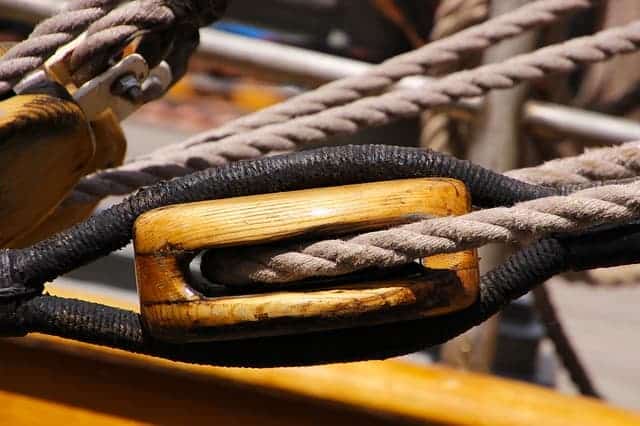
Music concerts are examples of live entertainment that have grown more complex, thanks to technology and the emphasis on staging massive theatrical productions. The elaborate rigging to facilitate these crowd-pleasing performances requires a team of skilled professionals behind the scenes to ensure the shows stay on schedule and go off without a hitch.
The set-up and related rigging processes are unique for every production and venue. But then, there are standard practices that come into play every time a temporary structure is assembled and dismantled, whether it involves theater, music, or sports. Depending on the available resources, the process may also necessarily vary each time to accommodate the time frame, staffing, and physical setting. Multiple roles must work in unison to efficiently construct these configurations to meet deadlines and adhere to safety regulations.
Rigging Stations
Entertainment rigging includes several different specializations or stations. Ground riggers literally manage the effort on the ground level to ensure maximum safety before and after the equipment is airborne. Initially, they designate and clear the workspace to eliminate potential hazards. With the amount of activity taking place on the ground and above it, the area has to be secured. Then, the real work begins as they pre-assemble as much rigging as possible before hoisting it up into the air. The ground riggers will continually keep watch on the operation above to ensure the workers are safe and send up additional equipment as needed.
Bucket or up riggers are responsible for the work done above the ground. Whether they work from raised platforms or leverage, a nearby part of the building where the rigging is being lifted, these riggers perform their roles high in the air. As expected, this station is much riskier for the workers based on
their height off the ground and the weight of the rigging equipment that’s being suspended. It’s essential to take every precaution and ensure that the most qualified riggers carry out these duties.
If the rigging can’t be manipulated from a relatively stable surface, climbing riggers will need to use a rope and a harness to position themselves in the air to facilitate the elevation of rigging equipment. An added element of fitness is required to manipulate the climbing gear while performing more manual activities. This is by far the trickiest and most precarious of all the rigging responsibilities.
Overseeing the various rigging activities is generally a chief rigger who’s responsible for safety and logistics on the job site. The chief rigger should be able to calculate proper load requirements and structural stress limits for each venue, adjusting plans as needed. This skill is especially important when moving from venue to venue. Not only will the building specifications continually change, but there’s the potential to have different crews and rigging systems at each location.
Equipment
Rigging systems are fairly standard throughout the industry, although the equipment usage may fluctuate between jobs. The gear comes with a range of capabilities and limitations, so it’s essential to understand best practices. Full-service companies like TWAY can advise regarding the most reliable equipment for every job, and they have staff with practical experience in rigging. Even the most highly trained rigger with years of experience can benefit from additional insights offered by other experts in the field.
